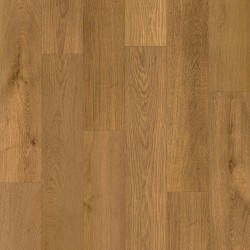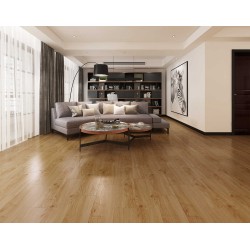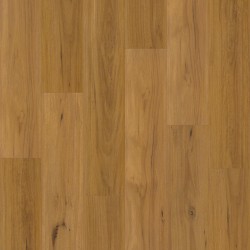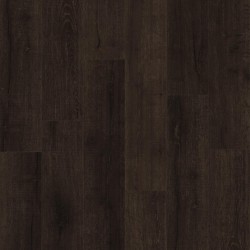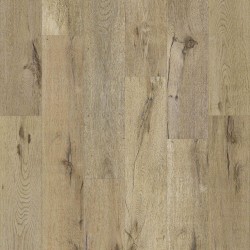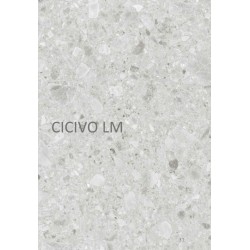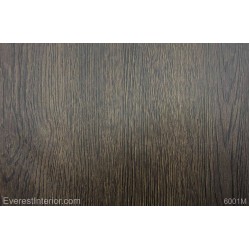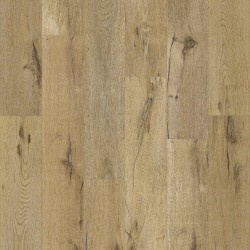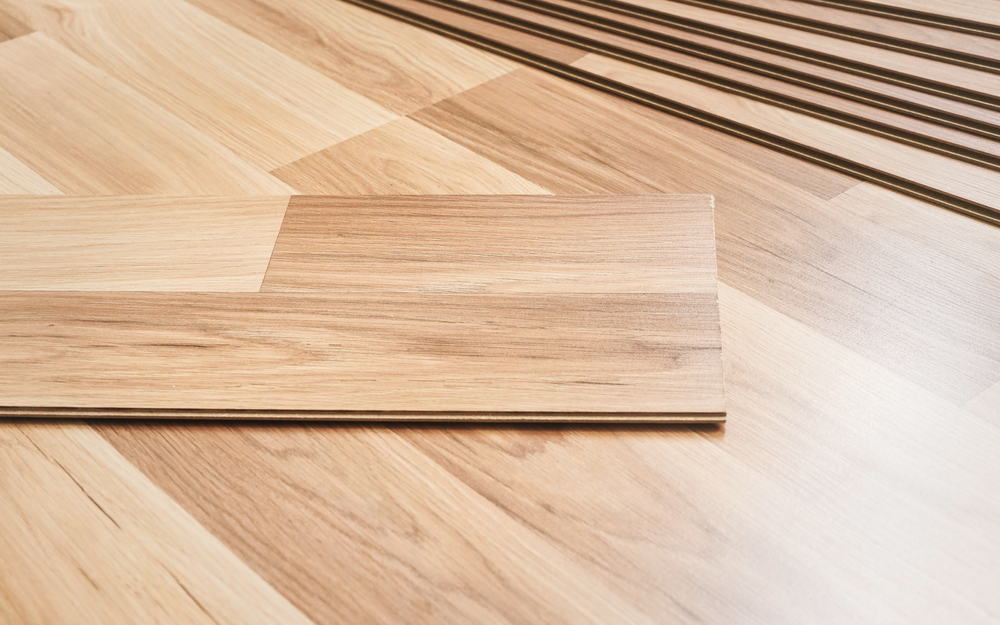
What Is Laminate Flooring?
Laminate floorboard, also known as laminate flooring, is a type of synthetic flooring material that is made up of multiple layers of compressed materials, typically including a fiberboard core, a printed paper layer with a high-resolution image of wood or stone, and a protective layer made of a clear, durable material.
Laminate floorboards are designed to mimic the look and feel of real hardwood, stone, or tile flooring, but at a more affordable cost. They are relatively easy to install, as they typically come in planks or tiles that snap together, and can be used in a variety of settings, including homes, offices, and commercial spaces.
Laminate flooring is durable and resistant to scratches, stains, and moisture, making it a popular choice for high-traffic areas. It also requires minimal maintenance and can be easily cleaned with a damp mop or cloth.
What are the advantages of laminate flooring?
Long-lasting: Laminate floors are highly durable, requiring minimal maintenance. Despite their low upkeep needs, laminate flooring can withstand high traffic areas with minimal damage. They offer UV resistance and the option for waterproofing, adding to their longevity. Unlike hardwood floors, laminate does not easily scratch or discolor, ensuring a lasting and pristine appearance.
Affordable and easy installation: Compared to alternative flooring options, laminate floors are cost-effective and budget-friendly. They provide an affordable solution without compromising on quality. Additionally, one of the advantages of laminate flooring is its ease of installation, making it a suitable choice for DIY projects. With straightforward installation methods, homeowners can enjoy the convenience and savings of installing laminate floors themselves.
Eco-friendly: The use of recycled materials, particularly in the core layer, is a growing trend in the production of laminate floors. It's becoming increasingly common to find laminate flooring options that prioritize sustainability and environmental consciousness. Reputable brands often provide some form of environmental certification, such as GreenGuard, to ensure their commitment to eco-friendly practices. By choosing these environmentally certified options, you can enjoy the beauty and functionality of laminate floors while making a positive impact on the planet.
What are the disadvantages of laminate flooring?
Prone to damage from liquids: Laminate floors are susceptible to moisture, and excessive liquid exposure can lead to undesirable consequences. It's crucial to note that oversaturation, regardless of the type of liquid, can cause the planks to buckle, stain, and deteriorate if not promptly addressed. While waterproof laminate flooring is increasingly prevalent, it's still essential to exercise caution, especially if water manages to seep beneath the floor's surface. In cases of water damage, affected planks or tiles must be completely removed and replaced to maintain the integrity and aesthetics of the flooring.
Cannot be refurnished: Laminate flooring, with its composite construction and wear layer, cannot undergo refinishing. Once damaged or worn out, laminate floors require complete replacement rather than refinishing. This characteristic underscores the importance of proper maintenance and care to ensure the long-lasting beauty and functionality of your laminate flooring.
Unnatural aesthetic: Regrettably, even with exceptional quality, laminate flooring falls short when closely scrutinized against its genuine counterpart. Various factors, including pattern repetition and the auditory and tactile experience underfoot, distinguish laminate flooring from the authenticity of real hardwood. For instance, a laminate wood floor tends to produce more noise compared to its hardwood counterpart. These telltale characteristics serve as indicators that clearly differentiate a laminate floor as just that—laminate, rather than a natural wood floor.
Introducing the Best Laminate Flooring Solutions in Sydney & NSW
Everest Interior takes pride in being a leading provider and installer of laminate flooring in Australia. With our extensive experience, we have successfully supplied and installed laminate floors in numerous homes throughout Sydney, consistently delivering exceptional services at competitive prices.
Our collection boasts an impressive selection of laminate flooring options, offering nearly a thousand unique colors and designs to choose from. Each product undergoes rigorous testing to ensure durability, water resistance, fire safety, low VOC emissions, and compliance with the highest industry standards before they are showcased in our exclusive showrooms.
Experience the excellence of Everest Interior as we bring you the finest laminate flooring solutions available in Sydney and NSW.
Maintenance and Care
Taking care of laminate floors is relatively easy. Manufacturers usually provide instructions on the best methods of care, as they can vary depending on the materials used in construction. To maintain your laminate floor, follow general precautions applicable to any other flooring: clean up spills and messes promptly, place rugs or mats in high-traffic areas, add furniture pads to protect against scratches, and avoid activities or objects that may damage the floor.
Since laminate floors are sensitive to water, it's advisable to limit regular mopping unless your floor has been specifically waterproofed. Instead, opt for a damp mop on a monthly or every-other-month basis. When selecting cleaning products, ensure they are safe for laminate flooring to preserve and protect the wear layer. Avoid using oil-based, acidic, or abrasive cleaners, and never polish or wax your laminate floor.
It's important to note that laminate flooring cannot be refinished if severely damaged. While minor scratches may be remedied with a wax pencil or repair putty, more significant damage often requires replacing the affected board entirely.
Design Options
Laminate floors offer a wide range of design possibilities since they use printed designs for the image layer. With laminate, you can highly customize your flooring, though additional customization may come at a higher cost. Laminate floors can mimic various traditional flooring types, colors, patterns, and styles. While wood floors are common, stone and tile laminate floors are becoming increasingly popular. Beveling, embossing, and gloss effects are also achievable.
Due to its versatility and affordability, it's possible to use different types of laminate flooring in each room of your house. For example, you could have ceramic tile laminate in the kitchen and a classic oak appearance in the adjacent dining room.
Installation
Laminate floors are typically installed as floating floors, meaning the interlocking planks are laid over the existing subfloor without the need for adhesive, nails, or staples. This makes laminate floor installation a straightforward DIY project.
The installation process of laying the planks usually takes about a day, depending on the room's size. Additional time may be required if the subfloor needs preparation or if any damage is encountered with the purchased planks. It's important to follow the manufacturer's instructions and adhere to safety guidelines when using power tools.
Lifespan
On average, laminate flooring lasts between 15 to 25 years. The actual lifespan can vary based on factors such as product quality, maintenance, care, and wear-and-tear. In some cases, laminate floors can last over 25 years, while in others, they may not reach the ten-year mark.
Bottom Line
If you're seeking an affordable, durable flooring option with a wide range of design choices and easy installation, laminate flooring may be the right choice for you. However, it's essential to consider the artificial appearance of laminate in comparison to the higher cost, maintenance requirements, and longevity of other materials. Weighing these factors will help you make an informed decision that aligns with your preferences and budget.
Posted on: Aug 2022



